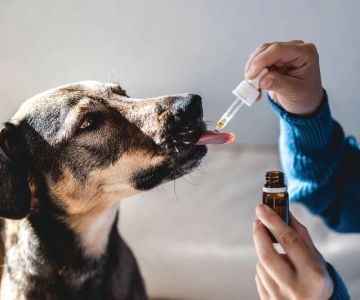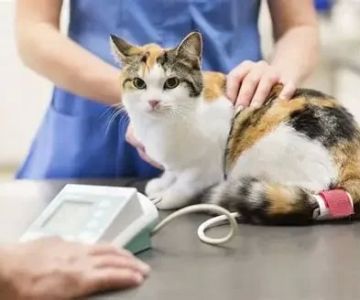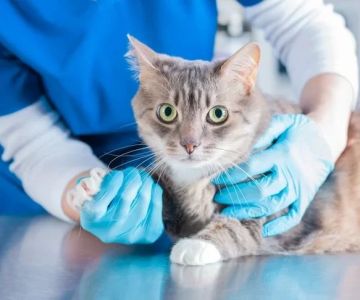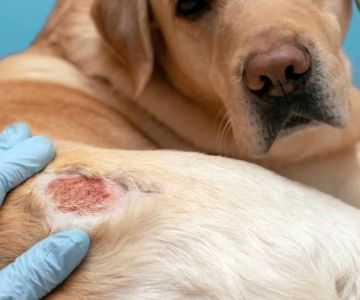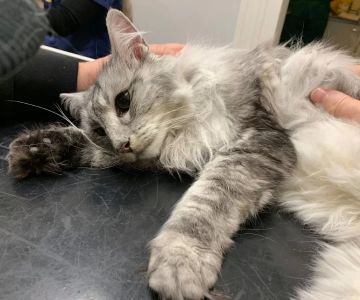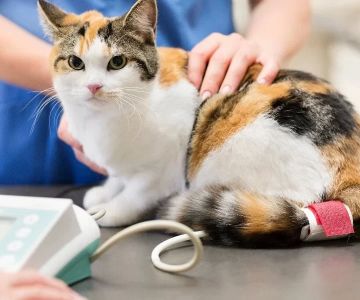How to Recognize Heat Stroke in Cats
- Understanding Heat Stroke in Cats
- Symptoms of Heat Stroke in Cats
- How to Prevent Heat Stroke in Cats
- Treating Heat Stroke in Cats
- When to Seek Veterinary Help
Heat stroke in cats is a serious condition that can be life-threatening if not addressed quickly. Cats, like humans, are vulnerable to extreme heat, and their bodies can struggle to cool down when temperatures rise. As a responsible pet owner, it’s essential to know how to recognize the signs of heat stroke in your cat, how to prevent it, and what steps to take in an emergency. In this article, we will discuss the symptoms of heat stroke, prevention tips, and what you can do if your cat is affected.
Understanding Heat Stroke in Cats
Heat stroke occurs when a cat’s body becomes overheated and can no longer regulate its temperature. Cats regulate their body temperature primarily through their paws and panting, but in extreme conditions, this can become ineffective. Heat stroke can develop quickly in hot weather, especially if a cat is exposed to direct sunlight or if they are confined to a hot space with limited ventilation.
Unlike dogs, cats are less likely to pant or seek out water when they’re overheated, making it important for owners to be vigilant about their cats’ well-being in warmer months. Recognizing the signs early can make all the difference in preventing severe complications or even death.
Symptoms of Heat Stroke in Cats
It’s crucial to know the symptoms of heat stroke in cats so that you can take action immediately. Symptoms may include:
- Panting: While cats don’t usually pant, excessive panting can be a clear sign of heat stroke.
- Excessive drooling: Cats suffering from heat stroke may drool more than usual due to dehydration.
- Rapid heart rate: An increased heart rate is common as the body attempts to cool itself down.
- Weakness or lethargy: Cats suffering from heat stroke may become very weak, uncoordinated, or unwilling to move.
- Vomiting or diarrhea: These symptoms may indicate dehydration and overheating.
- Bright red gums: Check your cat’s gums. Heat stroke may cause them to appear bright red or pale.
- Collapsed or unconscious: In severe cases, heat stroke may lead to collapse or unconsciousness.
If you notice any of these symptoms, it’s essential to take immediate action to cool your cat down and contact your veterinarian. The quicker the response, the better the chance of preventing serious harm.
How to Prevent Heat Stroke in Cats
Prevention is always the best approach to protect your cat from heat stroke. Here are some tips to help keep your cat safe during the warmer months:
- Provide plenty of fresh water: Ensure your cat has access to fresh, cool water at all times, especially on hot days. Dehydration can quickly lead to heat stroke.
- Avoid hot spaces: Never leave your cat in a hot car or a room without air circulation. If you’re going to be away, make sure your cat is in a cool, well-ventilated area.
- Keep your cat indoors: If the temperature is high outside, it’s best to keep your cat indoors, particularly in the middle of the day when the heat is at its peak.
- Provide a cool resting area: Create a cool space with a fan or air conditioning for your cat to retreat to. Some cats even enjoy laying on a cold tile floor.
- Limit exercise in the heat: Avoid active play or exercise during the hottest parts of the day. Instead, opt for evening or early morning when it’s cooler.
Treating Heat Stroke in Cats
If you suspect that your cat is suffering from heat stroke, it’s crucial to act quickly:
- Move your cat to a cooler place: Immediately bring your cat to a shaded, cool area. If possible, place them in front of a fan or air conditioning.
- Offer water: Provide your cat with small amounts of cool (but not ice-cold) water. If they are too weak to drink, use a syringe to offer hydration, but avoid forcing them to drink.
- Apply cool water: Use a damp cloth to gently wipe your cat’s body, especially the paws, underarms, and neck. Be sure the water is not too cold, as this could cause shock.
- Use cool towels: Place cool (not ice-cold) towels on your cat’s body, but be sure to change them frequently to keep them cool.
Once your cat is cooled down, take them to the vet immediately. Even if they seem to recover, they may still need medical attention for dehydration, shock, or organ damage.
When to Seek Veterinary Help
If your cat is showing signs of heat stroke, it’s essential to contact your veterinarian as soon as possible. Even if you’ve cooled your cat down at home, they should be evaluated by a professional, especially if they are still lethargic, vomiting, or experiencing difficulty breathing.
In severe cases, heat stroke can lead to organ failure, brain damage, or even death. Quick action and veterinary intervention are critical to ensuring your cat’s recovery.
By understanding how to recognize heat stroke in cats and taking proactive measures to prevent it, you can ensure your cat stays safe and healthy during the warmer months. If you ever need assistance or have concerns about your pet’s health, don’t hesitate to contact us at Hidden Brook Veterinary for expert care and advice.




